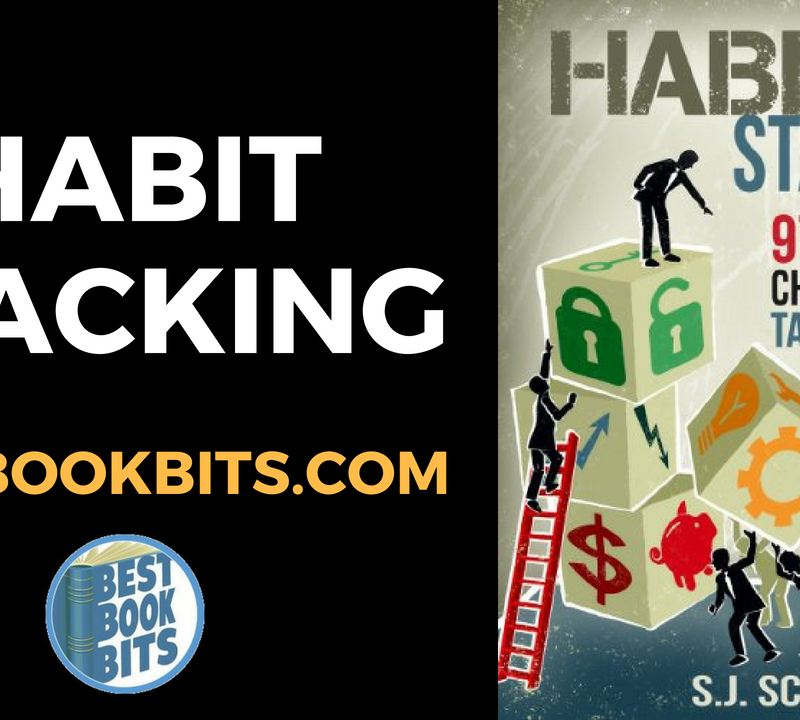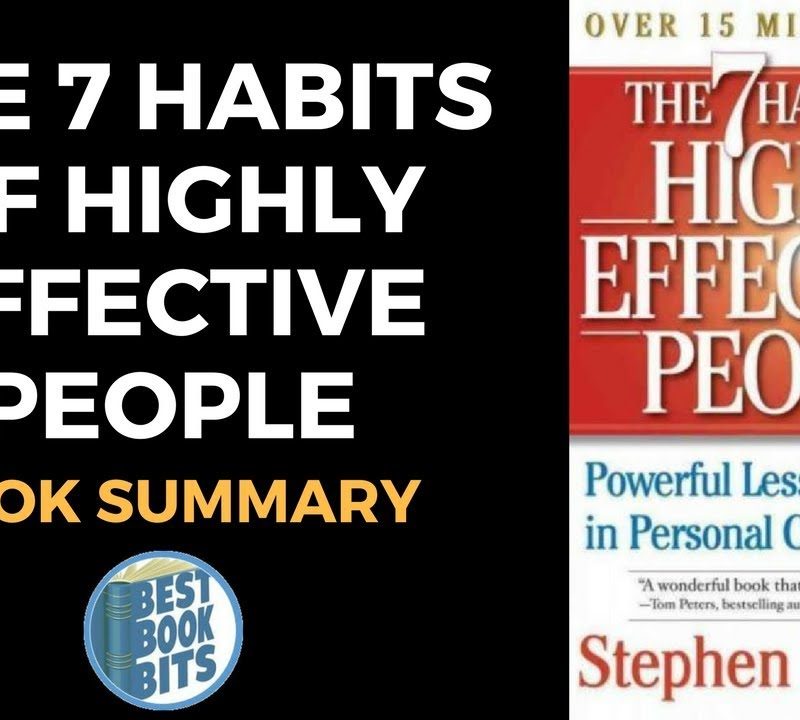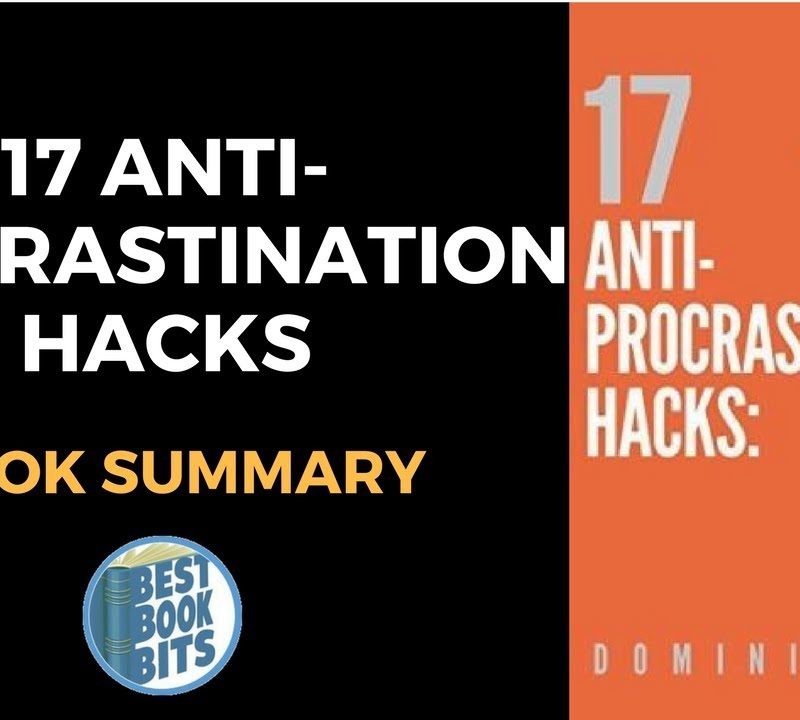★DOWNLOAD THIS FREE PDF SUMMARY HERE
? MY FREE BOOK TO LIVING YOUR DREAM LIFE”
? SPONSOR BESTBOOKBITS BY USING PATREON
? SUPPORT BESTBOOKBITS BY CLICKING THE LINKS BELOW
- 150 PDF Summaries
- Coaching Program
- Subscribe to My Channel
- Website
- Spotify
- Book Club
- Mailing List
BUILDING HABITS
A habit is an action that you take on a repeated basis with little or no required effort or thought. The power of a habit lies in the second part of that definition– the bit about no required effort or thought. It’s a loophole that allows you to upgrade your health, quality of life, productivity, and enjoyment of the world with a fixed expenditure of energy in creating a habit, rather than on an ongoing drain on your willpower.
Although it is possible to build your willpower capacity, we all have a limited amount. One who builds habits channels all of his excess willpower to building habits, which pays off later because he’s able to sustain those habits without using any additional willpower.
Don’t spend your willpower, invest it
The glorious benefit of a habit is that it converts something that requires a lot of willpower and focus into something that becomes automatic and often outside of our conscious thought.
If we don’t have good habits, there is a ceiling to what we can accomplish, personally and a professionally. This limit is not particularly high, and is probably not high enough to achieve our goals and live the life we want.
By creating habits, we can move things from the “hard” category to the “easy” category, thus freeing up willpower to tackle more of the hard things.
This takes effort, but establishing most habits takes the relatively short time of one to twelve months.
Good habits vs bad habits, old habits vs new habits
Good habits aren’t more difficult to execute than bad habits, they’re just harder to build. When we talk about building habits, what we’re really doing is replacing the existing habits you have with more useful habits that are aligned with how you want to think and act.
Each new habit strains our willpower, which means that there are a limited number of new habits that we can have at any given time. Old habits, being automatic and subconscious, can be unlimited. So, the ultimate process for self-improvement is to add as many new positive habits as possible, working diligently to convert them to old habits and make room for more new habits.
Think long term
Habits can only be thought of rationally when looked at from a perspective of years or decades. The benefit of a habit isn’t the magnitude of each individual action you take, but the cumulative impact it will have on your life in the long term. It’s through that lens that you must evaluate which habits to pick up, which to drop, and which are worth fighting for when the going gets tough.
When looking through a long-term lens, we can easily see that consistency is the most important factor. It’s better to maintain a modest life-long habit than to start an extreme habit that can’t be sustained for a single year. Your results will be commensurate with the consistency to which you execute your habits, not to the magnitude of their one-time impact.
Skipping
Whenever you are going to skip executing a habit, force yourself to consciously admit that you’re skipping, and articulate why you’re skipping. But absolutely never skip twice.
Missing two days of a habit is habit suicide. If missing one day reduces your chances of long-term success by a small amount like five percent, missing two days reduces it by forty percent or so. Three days missed and you may as well be starting over. At that point you have lost your momentum and have made it far too easy for you to skip in the future.
When you first miss a habit, the next occurrence of it should become a top priority. You must execute on that habit at any level possible.
Plan for variances
There is a difference between giving up on a habit and losing its benefits, and simply putting it on pause because there are other factors that have a higher value at that time.
When planning a variance, make it concrete, black and white, and specify exactly when the variance will end. For example, instead of doing your regular gym routine while traveling through Europe, you commit to do twenty push ups every morning, and then as soon as you return home, resume your normal routine.
Just do it – do a terrible job
Remember that the power of a habit isn’t actually in the individual execution, but in the consistency. It is far far worse to skip doing something than to just do a horrible job of it. This feels wrong and sounds counterintuitive, but it’s true. Skipping a day makes you feel guilty and unmotivated to do it the next day. Doing a crappy job makes you feel a little bit guilty, but also proud that you worked through a tough time, and eager to improve the next time.
Forgive and focus
Mistakes will happen, but the most important thing is how you react to them. If successes push you forward, but mistakes also push you forward, you will have a lot more forward progress than if success moves you forward but mistakes pull you back.
Use your mistakes to focus. They draw attention to an area that needs more attention, so give it that attention.
Celebrate success
Take pride in the process, not in results. Focusing on results, especially short term results, is an excellent way to add stress to your life, which is an excellent way to quit a habit associated with that stress, thus ensuring no long term results are ever achieved. Track your adherence to process, not your results.
CHOOSING HABITS
Being honest
The core skill required for choosing habits, as well as for staying on track once a habit is implemented, is the ability to be brutally honest with oneself. Be honest about your weaknesses, your downfalls. Are you unfit, unhealthy, unmotivated, unorganised?
This may all sound difficult and unpleasant, and it is those things, but it is also the first step towards building the most effective habits. It’s easy to create habits to improve marginally at things you’re already good at, but it’s much more difficult to cut to the heart of the issue and begin a new habit that addresses a fundamental core weakness.
High priority habits
The right habit to tackle is one that you care about. The difficulty of the habit in question is far less important than how much it means to you.
The best habit is the one you can succeed at, which paves the way for a lifetime of habit building. The question is where to look?
- Ask your friends, often it’s glaringly obvious from the outsiders point-of-view what you could change.
- Look into categories that ‘just aren’t you’
- Examine social skills. Building these skills is something that pays off, big time.
It’s always your fault
Most people go through life with the attitude that negative things that happen to them are not their fault. It is best to always, assume that it is your fault. By assuming this, you give yourself an opportunity to take responsibility for the future by coming up with a plan to change things.
You can do just about anything if you break it down into habits and execute on them. That’s not to say that it’s easy, only that it’s possible. The key is to be honest about what’s stopping you from success, take responsibility for it, and create new habits to correct.
Addition versus subtraction
There seems to be two types of people: those who find it easier to add new things to do, and those who find it easier to subtract things. A simple test is to think about whether it’s easier for you to cut out junk food or to go to the gym. Those who prefer to go to the gym are adders, and those who cut out junk food are subtracters.
It is undoubtedly a good thing to work on both the ability to be an adder or subtracter. However, there’s no harm in leaning on your strengths when constructing habits.
★DOWNLOAD THIS FREE PDF SUMMARY HERE
? MY FREE BOOK TO LIVING YOUR DREAM LIFE”
? SPONSOR BESTBOOKBITS BY USING PATREON
? SUPPORT BESTBOOKBITS BY CLICKING THE LINKS BELOW
- 150 PDF Summaries
- Coaching Program
- Subscribe to My Channel
- Website
- Spotify
- Book Club
- Mailing List
Secure your motivation
Excitement is enough to get you through the first week or two of a new habit, but is fundamentally unable to sustain you beyond that. To go further, you need real motivation.
The very first tangible step in creating a new habit is understanding exactly why you’re drawn to it. The skill of being brutally honest with oneself is critical at this stage.
Ask yourself whether, under duress and the pressures and chaos of the real world, your motivation will still be strong a month from now and a year from now.
Start small, become consistent, and increase at a manageable pace. That’s how you optimize for the finish line, rather than the starting line.
Loading and maintenance
Humans are creatures of routine, and altering that routine takes significantly more willpower and effort than simply maintaining it. For that reason, you’ll often want to have one very strict habit for loading, and then another to maintain. Put in the effort up front and then make it easy.
The purpose of the loading habit is to completely remove all associations with your old habit. You start small, build up to your loading habit, keep at it until you believe that your new behavior is fixed in place, and then switch to maintenance.
Accountability with friends
Similarly, it’s a good practice to build up the ability to be accountable entirely to yourself, but if you’re unable to do that, or for habits that are very long term or very difficult, you can ask a friend to help you be accountable.
There must be consequences for failure. The primary purpose of having consequences is that they make the agreement official and definite. People remember bets, but forget offhand claims.
VARIOUS HABITS
- Positivity Habits – positivity towards yourself, positivity towards others
- Health Habits – healthy eating, good sleep, meditation, drinking tea daily, working out
- Expansion Habits – travelling to unusual countries, writing daily, seeking out masterpieces, pushing your comfort zone,
- Organisational Habits – daily cleaning, staying on top of email, keeping a calendar, getting rid of stuff,
- Social Habits – always be on time, delete or contact,
- Productivity Habits – twice then quit (when you want to quit, push through twice then quit), eliminating procrastination, plan when stuck, rating your day.
PUTTING IT ALL TOGETHER
Creating habits can be exciting and motivating, or it can be overwhelming. For all of us, it’s probably both of these things at various times.
At its core, though, the practice of building habits is simple. We identify things that we do each day and we adjust them to make them a little bit better. We put our faith in the compounded power of small repeated actions, and we adjust our behavior to reap those benefits.
Starting with humble habits is the best way to make sure you are on that path.
Increasing willpower is a worthy goal, but progress is slow even under the best of conditions. To truly exceed our normal capabilities, we must learn to use that willpower as efficiently as possible. To do that, we habitualize as much as possible, taking actions that previously consumed willpower and making them automatic.
★DOWNLOAD THIS FREE PDF SUMMARY HERE
? MY FREE BOOK TO LIVING YOUR DREAM LIFE”
? SPONSOR BESTBOOKBITS BY USING PATREON
? SUPPORT BESTBOOKBITS BY CLICKING THE LINKS BELOW













